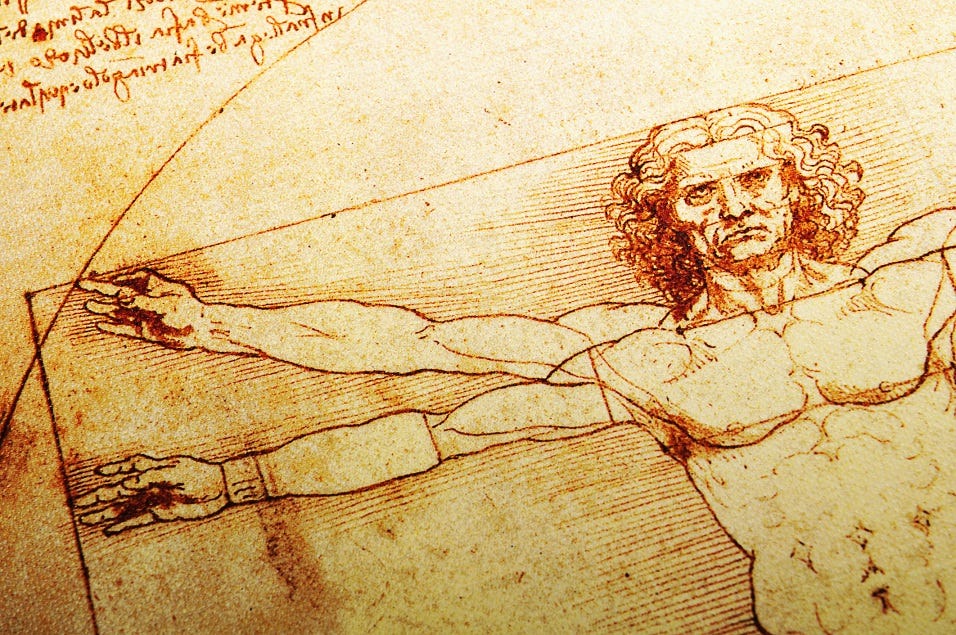What is the Body For?
Dante, Glen Greenwald, Aella and our confused social imaginary. The dignity of the human body is directly connected to our shared sense of meaning.
“I don’t care what Glenn [Greenwald] does in private if it doesn’t hurt anyone. No evidence suggests it does.”
Dante makes abundantly clear that our bodies are central to understanding our shared human destiny. “I had not thought death had undone so many” he laments as he watches the hordes of the damned lining up to cross over into the Hell to assume their right and just place. Peppered throughout his pilgrimage with Virgil are references to his body. He, and only he, has weight. He displaces the soil; he struggles to climb up the side of a bolge, winded and out of breath; Charon refuses (initially) to take Dante him because he would sink the skiff.
But beyond the realness of his body (everyone else is a shade—that temporary state in which the body is separated from its soul until the Final Judgment), what he witnesses through his descent is a series of souls who’s actions have distorted, twisted, butchered, flayed, and transformed their bodies. Their sins manifest in destructions and desecrations of their bodies. What they did in life is now seen as “perfected” in the afterlife. Dante’s horror shakes us to our core. Instead of glorified bodies, he sees the beautiful body, made in the image of Our maker, in horrific states of contortion and destruction, making a mockery of that divine imprint. Dante sees the body as beautiful, endowed with inherent dignity, beautiful and dignified because given the imprint of God by God for God. What these sinners “did” with their bodies on earth builds out an eternal mockery of that truth in hell.
My students are often struck by this wild claim, understanding it as both beautiful and somehow foreign to their sense of the ambient sense of what we think bodies are for in our time and place.
A curious feature of our social imaginary is the performative and conceptual contradiction surrounding questions of the body. We are, I think, rather confused over what it is and what it indicates. How can we answer these questions?
What is the body?
What is the body for?
What does the body mean?
What does the body matter?
About a week ago (a veritable year in x.com time) the hard-to-categorize journalist and pundit Glenn Greenwald was involved in some kind of blackmail conspiracy involving kompromat. A video surfaced (though posted by Greenwald himself) of him in a compromising situation involving a dress, a male prostitute, a meth pipe, some pay-to-play roleplaying and an exchange of money, all in the register of humiliation. I am not linking to the video because if you’ve avoided it by now, I will consider you blessed….a bullet dodged. Greenwald was being ritually humiliated in some kind of kink or fetish.
He had consented.
Keep reading with a 7-day free trial
Subscribe to The Underneath to keep reading this post and get 7 days of free access to the full post archives.




